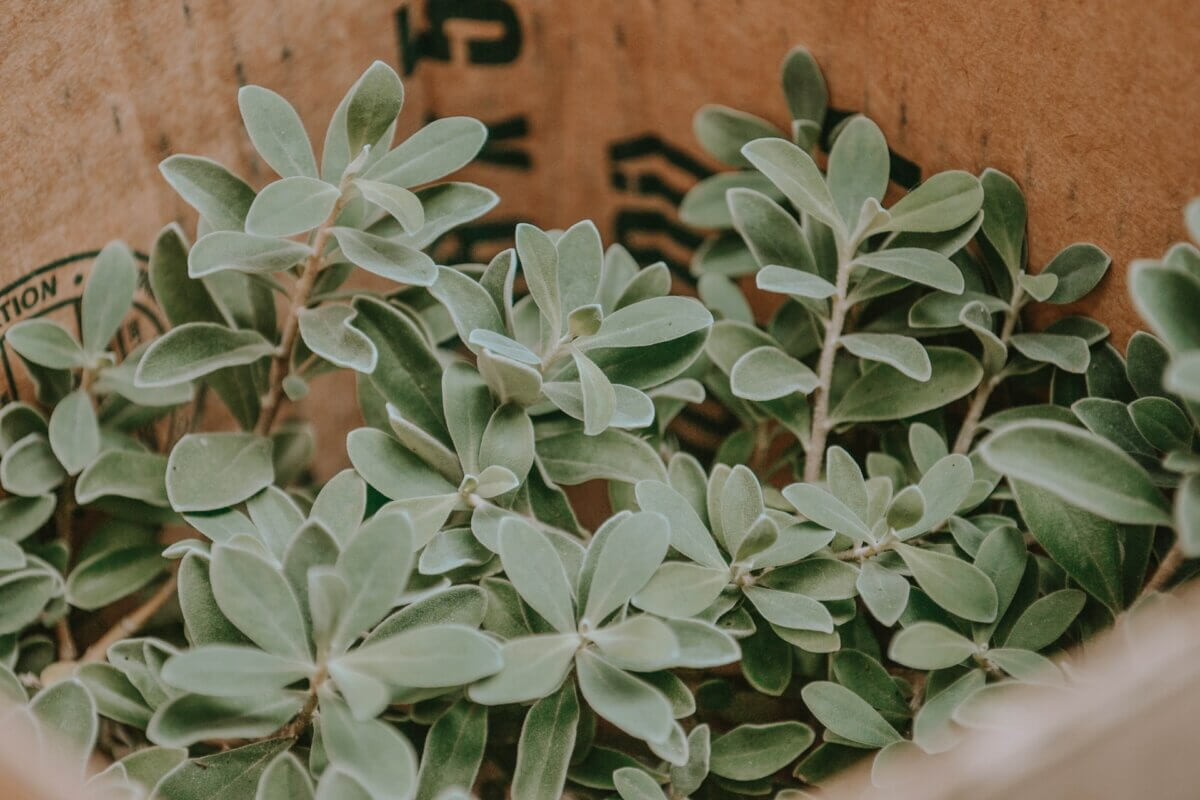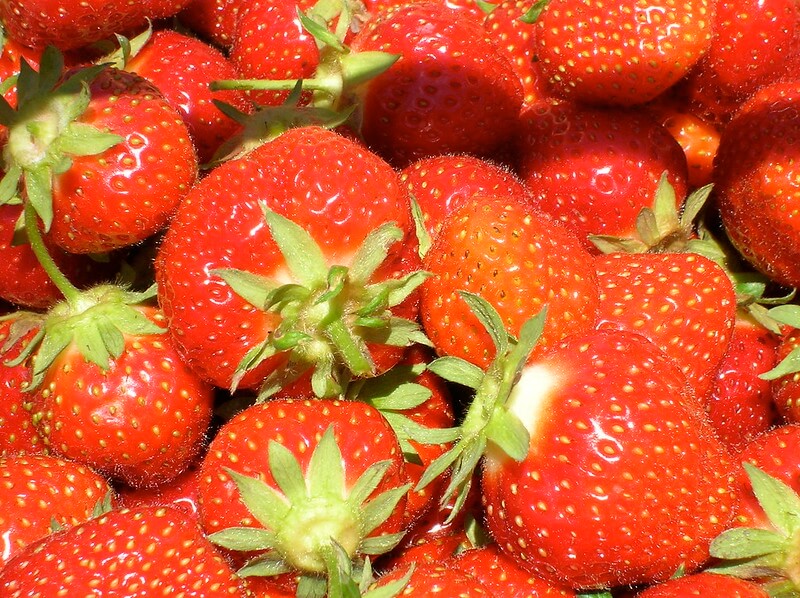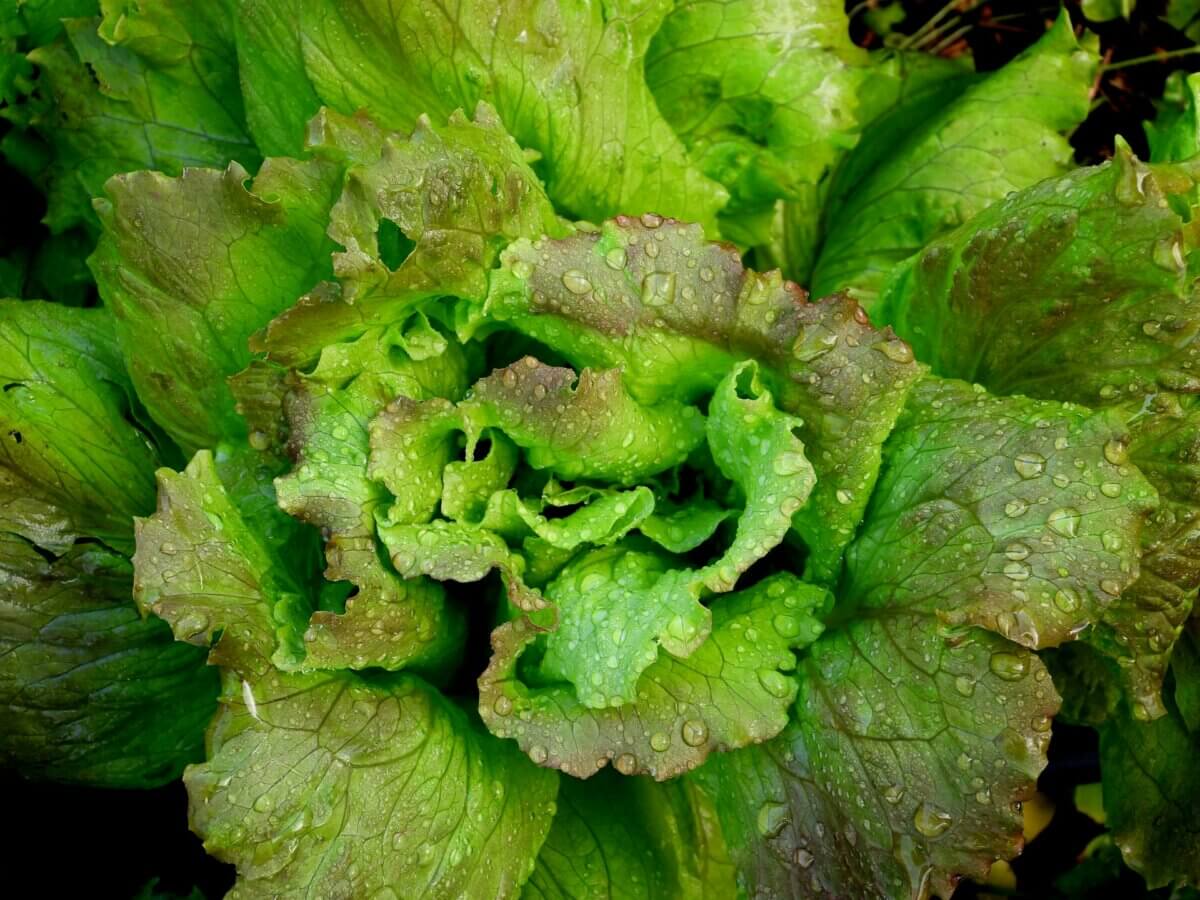The growing season is too short and I long for fresh vegetables year-round. Whilst most supermarkets have fresh produce (at a price depending on where it came from), there’s nothing quite like growing one’s own food, indoors or out, and enjoying the benefits of the harvest.
I have had considerable success growing lettuce and herbs indoors, but this year I decided to try something different.
What Made Me Grow Vegetables Indoors?
My green peppers were just starting to produce fruit when the first frost of the season threatened. I covered them for the night and allowed the next day’s warm sun to nurture them again. It was a temporary fix and even covered, some of the leaves turned black, touched by the cold of night. I could either enjoy the tiny green peppers on the plant and give up the rest to winter’s woes, or be adventurous and move my plants indoors.
Several of my green pepper plants were growing in large deep pots, so I didn’t have to dig and pot them — that would have been too much of a shock to their system. I chose a warm day, nipped off the wilted leaves, sprayed the plants (soil and all) with insecticidal soap, and lugged them indoors to my grow-op in the basement.
(Yes, my grow-op is perfectly legal and legit: I only grow flowering plants — I overwinter some of my geraniums under the grow lights — and edible fruits and vegetables like lettuce, herbs, and now green peppers.)
Within a week, my pepper plants were picking up. The once tiny peppers were growing bigger and there were dozens of blossoms promising more.
Over the course of the next few weeks, the pre-existing peppers thrived, but the blossoms dried up and dropped off the plant. Was I missing a step? Were the flowers expecting the pollinating insects and birds to bring them to fruit? My research told me that green peppers (and all pepper plants) were self-pollinating plants. Should I help the blossoms along by imitating the pollinating process? I suppose it wouldn’t hurt to try.
One site suggested I take a cotton swab, wet the end, and then gently rub it around the inside of the flower buds. I tried the process on a few of the flowers, not wanting to risk all of them until I knew which way worked best. I was gratified with the results (though they were inconclusive) as within two weeks, I had peppers growing on both the cotton swab-treated flower buds and those I left alone. Hmm … I guess I’ll let them do their own thing next time. It’s less invasive and less time consuming.
The experiment was looking to be successful. No more winterized, tough green peppers for me. And, it got me thinking about what other plants I could successfully grow indoors during the long winter months.
Benefits of Growing Veggies Indoors
Less Risk of Contamination
I started growing lettuce indoors a few winters ago. I don’t eat a lot of salads in the winter; I find it too cold and prefer soups over salads. However, I do enjoy a bit of lettuce in a sandwich or on a burger. When purchasing lettuce in the store, not only is there the risk of E. coli, and who knows what else, contaminating store-bought lettuce, but it doesn’t keep very well. So if I want a little bit of lettuce, buying it in the store usually ends up with the unfortunate waste of at least half the product. Yes, I could purchase bags of cut lettuces pieces, but I fear these have a greater risk of contamination than the heads of lettuce.
Growing a small quantity of lettuce indoors allows me to monitor the entire growing process, reassuring me that it’s safer, fresher, and healthier than anything I would find in the store. And it’s the perfect amount.
Produces The Right Amount
I progressed from lettuce to spinach and herbs for the same reasons. I wasn’t looking to produce a big crop, just enough for my own enjoyment. Besides, big crops would require big indoor space — of which I’m in limited supply. I always have a lot of creative projects on the go. Those projects and my baking and cooking take up considerable space. The indoor garden has to fit in corners here and there.
What Grows Best Indoors
I’m not planning on producing large greenhouse quantities. I have to remind myself, given limited space and lighting options and the fact that the fruits and vegetables will have limited root growth depending on the size of pot used, that the quantity of produce will be considerably less than when I grow the same foods outdoors. Plus, the size of the produce will likely be smaller. My green pepper looks like it may grow to about half the size of the pepper fruit that I harvested when the plant was outdoors. My lettuce leaves are smaller, but I think they’re tastier. And, my tomatoes will likely be smaller as well.
Something else to consider is that everything grows more slowly indoors, but once things take root, so to speak, there’s a substantial harvest to enjoy.
Greens and Herbs

So, what to grow? Well, I have already started my lettuce, chives, rosemary, sage, and sweet basil. I rescued some tiny green onions (spring onion) plants before the first frost and brought them indoors to allow them to mature along with the green onion seeds I had started in pots weeks earlier. There’s my green pepper plant, of course, and I’ve started a couple of tomato plants (since tomatoes take up considerable space, I didn’t want too many plants crowding my indoor garden). I have yet to start the spinach seeds, but no rush, as there’s a long winter ahead of me.
Strawberries
Other plants that do well indoors are strawberries, carrots, and potatoes. Strawberries, like tomatoes, take up space, but in a hanging pot above my other indoor vegetables, it’s doable. Carrots and potatoes are an interesting idea. As root plants, they need deep pots (large fabric pots or the new fad of potato bags works well indoors) and lots of space. Not sure if it’s an option for me.

I’m sure there are other vegetables to consider. Whatever you enjoy fresh from your outdoor garden in the summer months is likely transferable and growable indoors during the winter months. All you need is deep pots, good soil, good light, and of course, space.
Location and Indoor Lighting Options
I’m lucky to have a sunroom, albeit a small one. However, that’s not always a viable option in the winter months as we tend to have long days of overcast weather with little sunlight. Plus, the new glass they use in windows these days often blocks the good rays needed to nurture plants.
Natural and Artificial Lighting
I’ve established several locations throughout the house and basement that benefit from a combination of sunlight (when there is some) and artificial, but plant beneficial, light. You can purchase all kinds of contraptions that include potting shelves and fluorescent grow lights. Hydroponic lights are another new fad as LED lights are starting to take over from the higher energy requirements of the fluorescents. The LEDs are as effective for growing plants — unless you lower the light too close to the top of the growing plants. This position makes it awkward and perhaps not as safe.
Pots and Soils
As for pots: The bigger and deeper, the better to simulate the outdoor root space that plant roots need to nurture their fruit. Plastic and clay pots work well, but there is also some benefit to using fabric pots (or bags as mentioned earlier for growing root vegetables). There’s a RhizoPot that is being promoted as eco-friendly and better for your plants. I haven’t used them yet, as I have lots of plastic and clay pots. May as well use what I have as it’s even less eco-friendly to dispose of the old to replace it with something new (seems counterproductive to me).
There are lots of soils to consider when growing vegetables indoors. I prefer nutrient-rich soil, one nurtured to benefit vegetable crops. Or you can mix your own soil, using compost from your outdoor garden and peat moss, and mixing it with regular soil. This is not my preferred method, as my conversion from outdoor to indoor garden happens quickly when the first frost warning ignites my need to move what I can.
Indoor Pests and Pets
Yes, there are indoor pests to consider: mold, mites, and the ever-curious domestic pets. Water as much as you can from the bottom of the pot to discourage organisms and mold on the top surface. Fungal gnats are a particular problem for me, but there are some tips I found helpful in dealing with fungal gnats.
I may not be headed in the direction of making a living with my indoor crops, and I certainly won’t stop supporting local farmers, many with extensive greenhouses to grow substantial quantities of produce for local grocery stores (I always try to buy local when making my produce purchases). However, it’s rewarding to grow some of your own produce all year round. There’s definitely a psychological benefit to growing your own food. Not to mention, it makes for the interesting pastime of planting, watering, growing, harvesting, and of course, watching things grow. It’s good food for the body as well as the soul.










































Leave a Reply